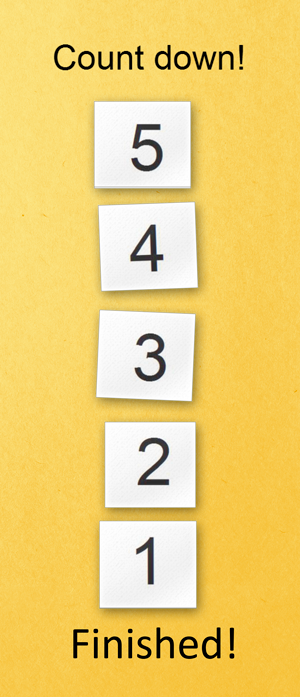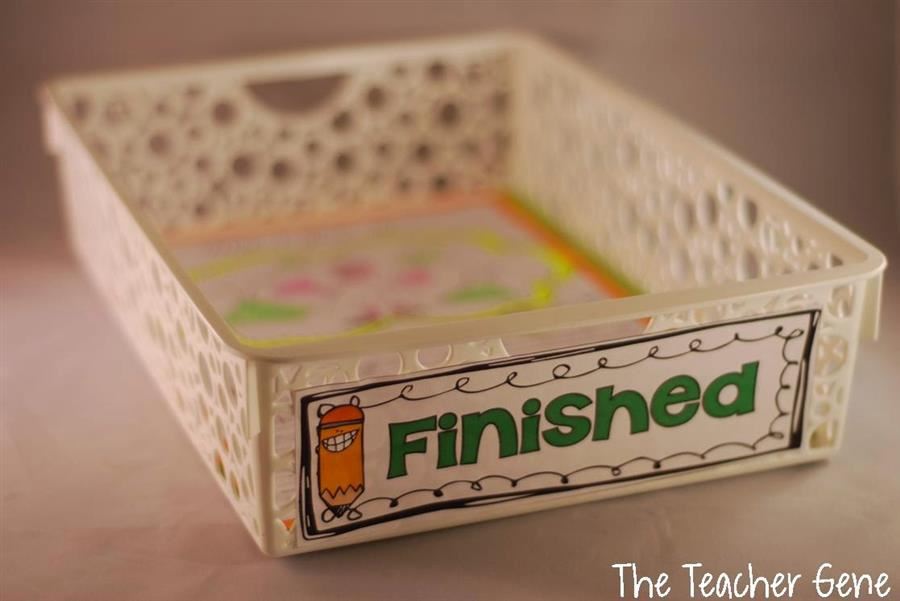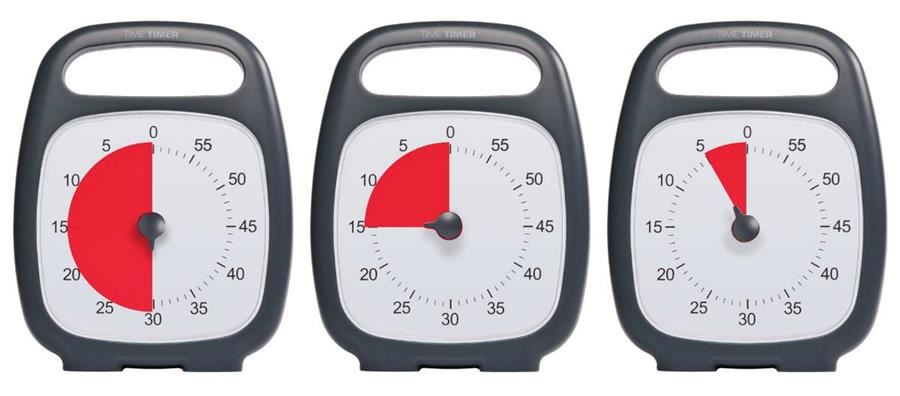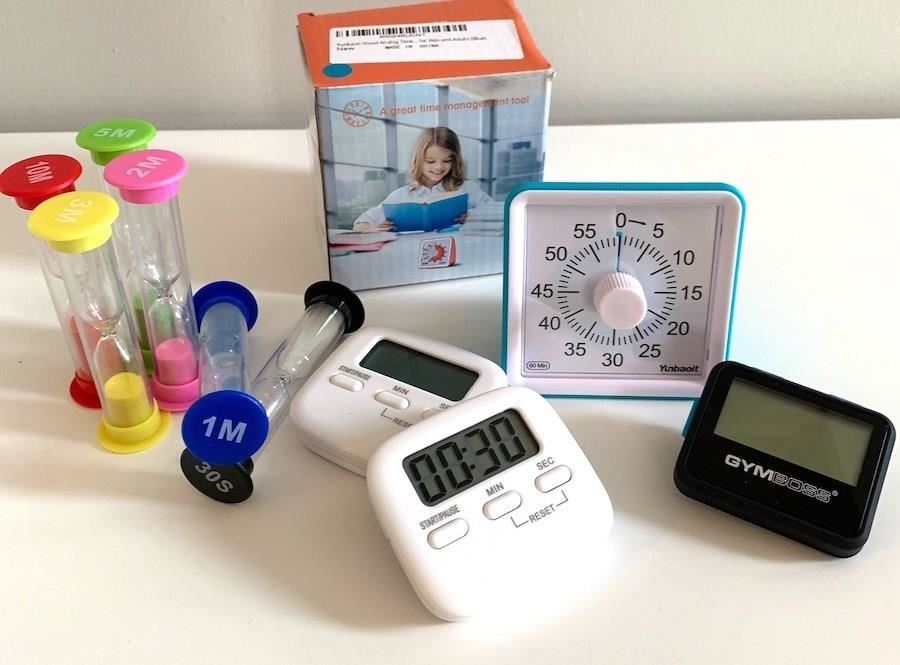-
Setting up Home Instruction for Students with ASD
A How-to Guide for ParentsSUPPORT SUCCESSFUL TRANSITIONS BETWEEN ACTIVITIES
Children with ASD often struggle when changing from one activity to another, especially when they are engaged in something they really like. They also have difficulty stopping something in the middle, or having to stop doing something when they are not finished. They can get stuck in a way of thinking or doing things that makes switching difficult. Children with ASD sometimes struggle with getting started. Lastly, many children with ASD have a poor sense of the passage of time.
Providing a high level of structure and predicability, as reviewed in the previous section, will help your child with transitions. There are several additional tools and techniques that parents can use to help children change activities successfully.
HOW TO DO IT
Let your child know that transition is coming up. This will allow your child to process and prepare for the change. For example, "Alex, coloring is finished in five minutes. Next is writing." After a few minutes, provide another alert. "Alex, two more minutes. Then coloring is done." Finally, when the activity is over say "Coloring is finished Alex. What's next?" pointing to the schedule "It's time for writing." Use statements that are simple, concise, and concrete.
The schedule and mini-schedules reviewed in the previous section are very helpful with transitions because parents can pair their verbal statements while pointing to the visual schedule. For example, while saying, "Alex, coloring is finished in five minutes. Next is writing" it is ideal to simultaneously point to "coloring" and "writing" on the schedule.
Use visual supports to show the passage of time. Since children with ASD struggle to sense the passage of time, we need to represent time visually and then show how time is counting down. See examples below: Each minute is x-ed off with red marker (left), numbers attached by Velcro are removed (center), and Lego pieces are removed as time counts down (right). When saying, "Alex, three more minutes. Then coloring" hold up the visual that shows there are only three minutes left.

Visual timers are also great tools for making the passage of time visual, helping your child understand how much time is left and that a transition is coming up. The Time Timer (below, left) is a popular product used in many classrooms. There is also a Time Timer app (below, right) available.
You can also use digital, kitchen, and hourglass timers; whatever you have available (various timers on right from Autism Helper).
There are also a wide selection of visual timer apps available for iPhone and Android. Enter search terms such as "visual countdown timer" the App Store (iPhone) or Google Play store (Android). The app allows you to set a timer for the activity itself in green and a "wrap things up" period in yellow that ends with a red "STOP" alert.
Reward successful transitions. Be sure to praise your child and provide other reinforcement for making successful transitions, especially when switching from something they really like doing to something less preferred. The next section (Tip 3) provides guidance on how to schedule activities to motivate your child.
OTHER SUGGESTIONS
Set up a "Finished" box. Researchers have found that use of a finished box helps children with ASD transition from work time to choice time. This is a designated place where your child places finished schoolwork when it is time to transition. The finished box should be setup in your child's designated area for schoolwork. Placing completed work in a finished box is satisfying for many children and creates a predictable transition routine. For older students, a "finished" folder can be created for worksheets and other paper-based schoolwork.

Children with ASD do well with systems that are highly structured such as the structured schoolwork area pictured below. There is a green "Start" bin for work to be done and a red "Finished" bin for completed work. It is set up so that work is completed in a predictable left-to-right manner.

Finish later bins or folders. Many children with ASD prefer to finish an activity before moving on. Some children get upset and demonstrate challenging behaviors when they are asked to transition before they have completed something they are working on. A helpful strategy is to setup a "finish later" box, bin, or folder.
This is a place where a child can place unfinished items and materials, and know where to find it later. Reassure your child that they will be able to come back to it and finish what they were doing later. For many children, this reassurance helps them transition more successfully.
In review...
➤ Provide your child with alerts so they know a transition is coming up
➤ Use simple, concise, and concrete statements
➤ Pair verbal directions with visual supports that show the passage of time
➤ Reward children for successfully transitioning
➤ Consider the use of a "finished box" and/or "finish later" box or bin
Additional Resources
Autism Transition Strategies: 5 Steps to Smoother Transitions
Smoother Transitions for Children on the Autism Spectrum
Next page Tip 3: MOTIVATE YOUR CHILD TO STAY ENGAGED AND COMPLETE TASKS
 Setting up Home Instruction for Students with ASD
Setting up Home Instruction for Students with ASD
A How-to Guide for ParentsDeveloped by autism specialists at Columbia Regional Program
Email questions or feedback to crpweb@pps.net







